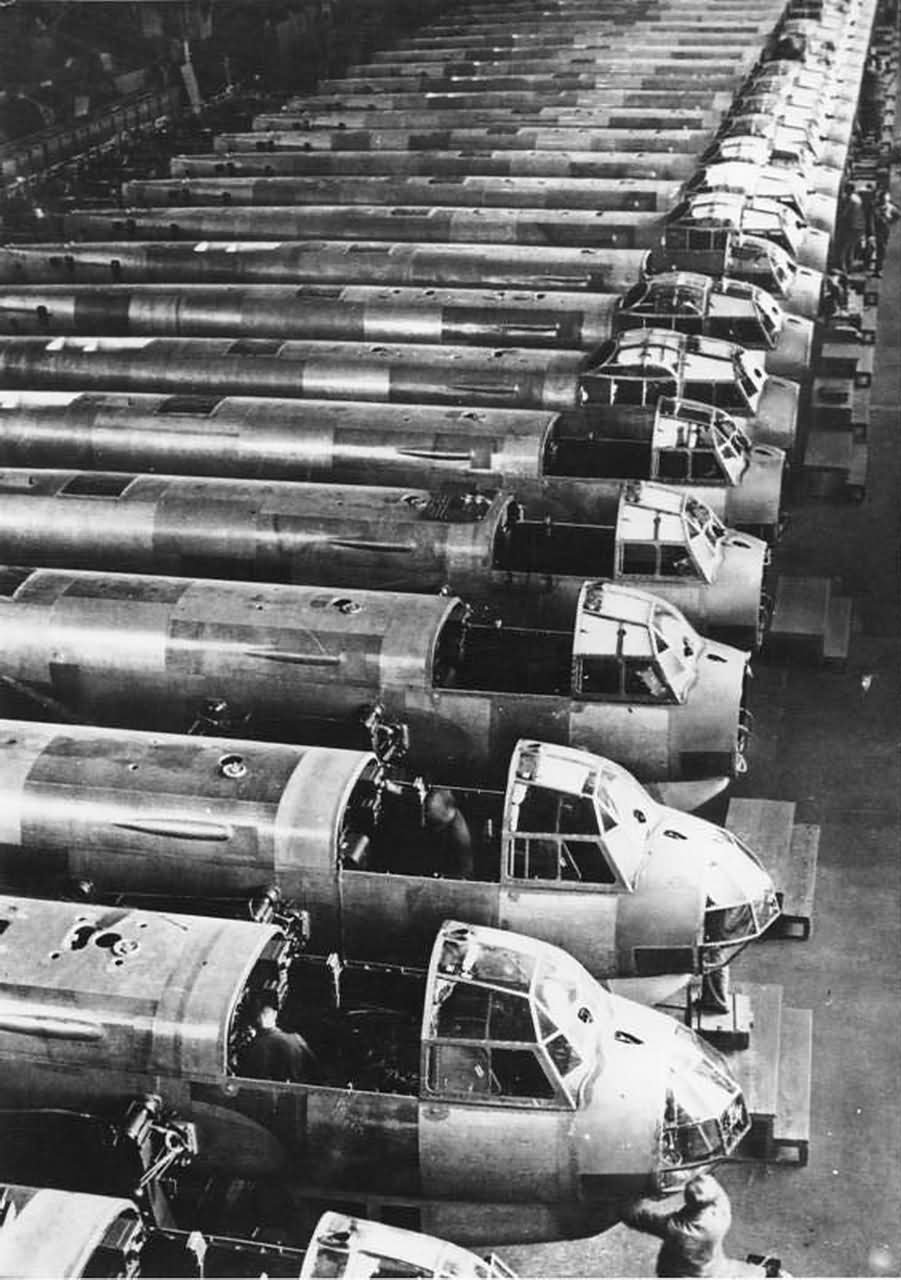Ju 88A General Overview:
- Aircraft Type: Twin-engine, all-metal cantilever mid-wing monoplane bomber.
- Construction: The aircraft features a semi-monocoque fuselage construction with six longerons and 33 frames. The fuselage is flush-riveted with duralumin paneling and is divided into three sections: front, middle, and rear.
Fuselage Structure
- Fuselage Construction:
- The fuselage was assembled from two main halves (upper and lower) and consists of three primary sections:
Front Section (Frames 1-9):
- Cockpit: The cockpit is enclosed with flat window panes in the nose and accommodates four crew members: pilot, bombardier/navigator, radio operator/rear gunner, and lower gunner/mechanic.
- Pilot and Bombardier Positions: The pilot’s seat is armored and located on the left side, while the bombardier’s position is on the right side.
- Egress: The rear portion of the cockpit is designed to be jettisoned in emergencies using an explosive charge. The cockpit canopy has sliding side windows.
- Cupola: Positioned under the cockpit, this feature includes a bombsight eyepiece at the front and a machine gun mounting at the rear. It also serves as an entrance for the crew via a ladder.
- Equipment: The hydraulic system’s retention tank is located under the cockpit floor, and the FuG 10 radio set with auxiliary wire antenna is mounted here, interconnected with the aircraft’s intercom system (EiV).
Middle Section (Frames 9-15):
- Bomb Bays: The middle section houses two bomb bays with eight-segment doors, with capacity for bombs or drop tanks (1220 liters in the front bay and 680 liters in the rear bay).
- Wing Integration: Frames 9 and 12 are critical for attaching the wing spars to the fuselage.
Rear Section (Frames 15-33):
- Access: A small door at frame 15 allows mechanics to access the rear section for maintenance. A gangway extends to frame 25 for servicing various equipment.
- Equipment:
- The lead battery is located between frames 23 and 24, accessible through an opening in the left fuselage side.
- Sixteen oxygen bottles are stored in the rear section and are filled through a receptacle on the right fuselage side at frame 21.
- The FuBl I (or FuBI 2) radio navigation device is located here, with its antennas running below the fuselage.
- Storage: Space for a rubber dinghy is located in the upper fuselage between frames 20 and 23a, covered by a panel on top.
- Tail Wheel: The retractable tail wheel, mounted in a fork, is stored between frames 26 and 29 in a well closed by two flaps.
- The fuselage was assembled from two main halves (upper and lower) and consists of three primary sections:
Additional Notes
- Structural Integrity: The fuselage’s semi-monocoque design with longerons and frames provides both strength and rigidity, essential for withstanding the stresses of combat operations.
- Modularity: The division of the fuselage into distinct sections with specified purposes (cockpit, bomb bays, and equipment storage) reflects the aircraft’s functional modularity.
